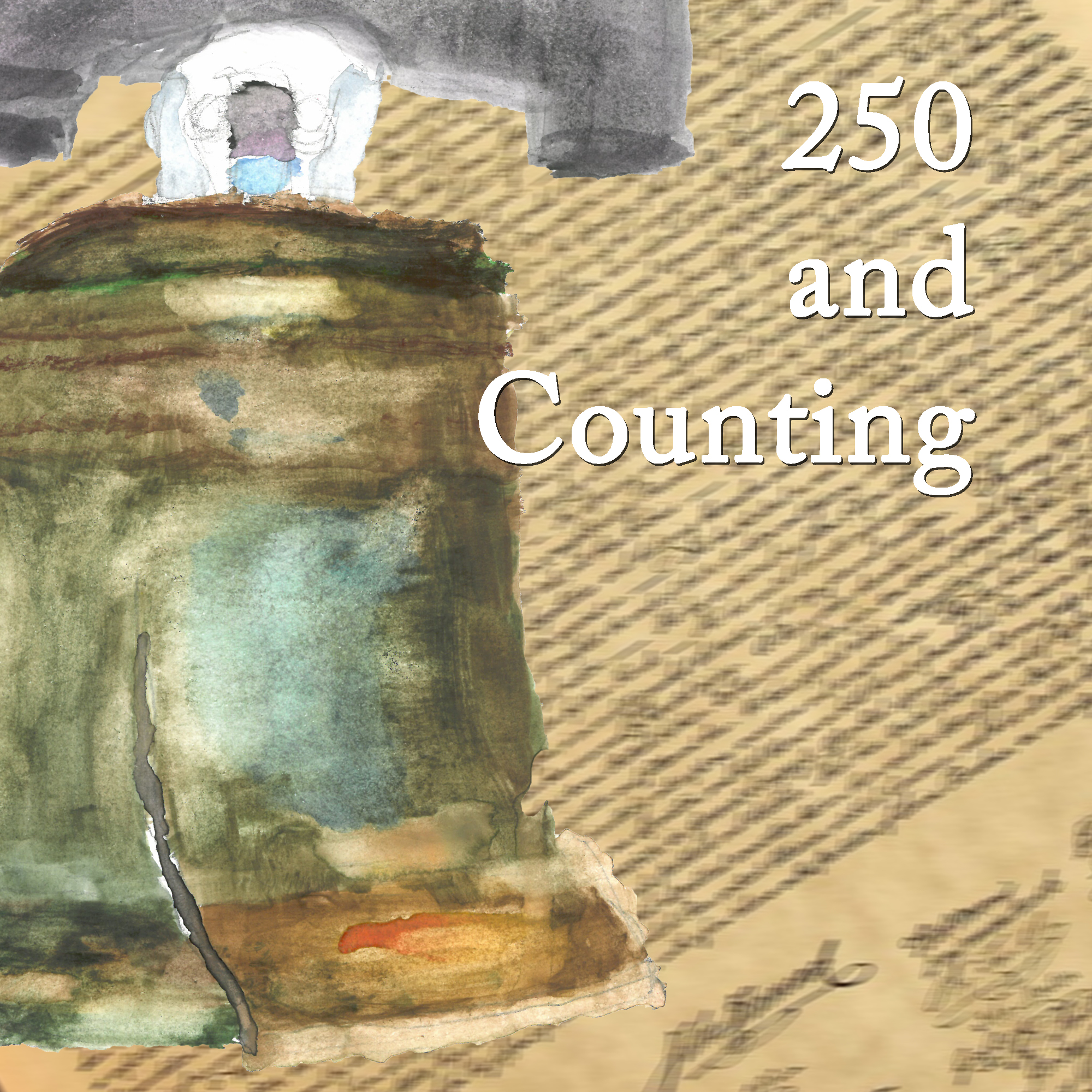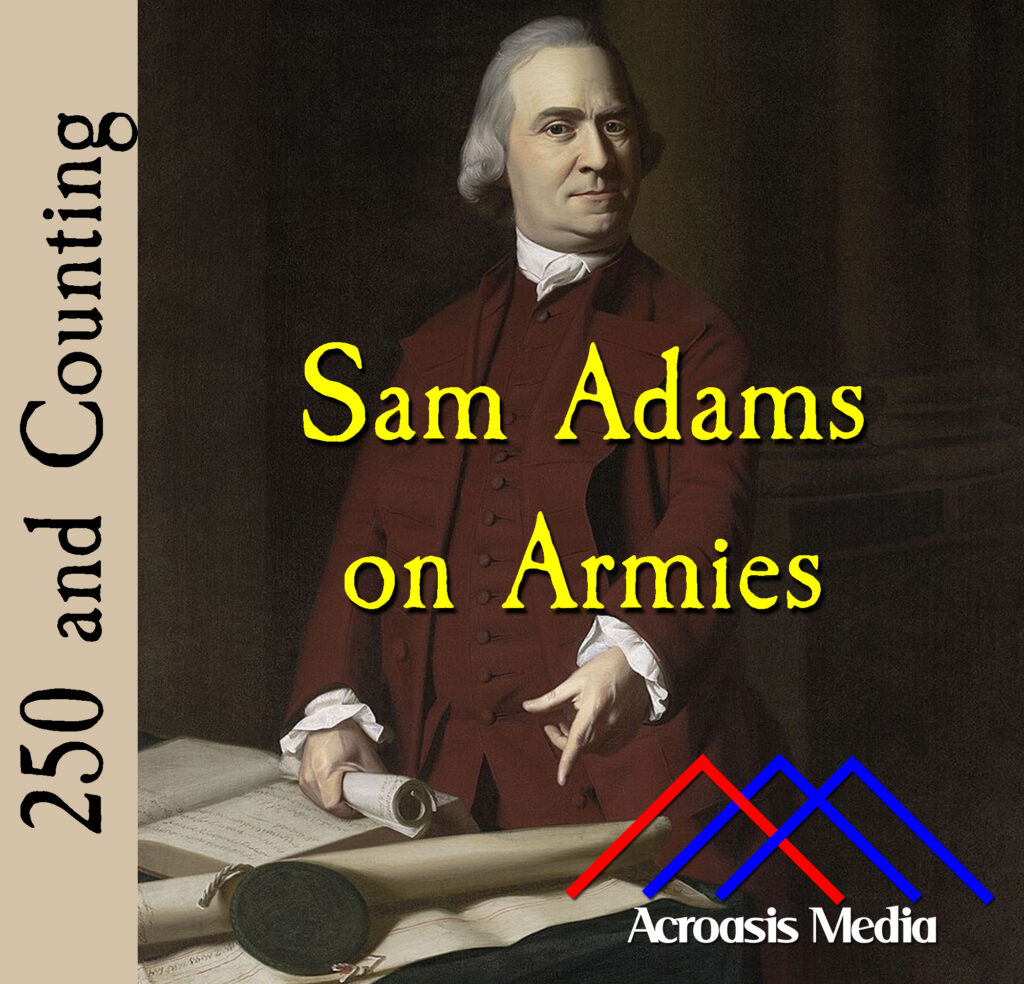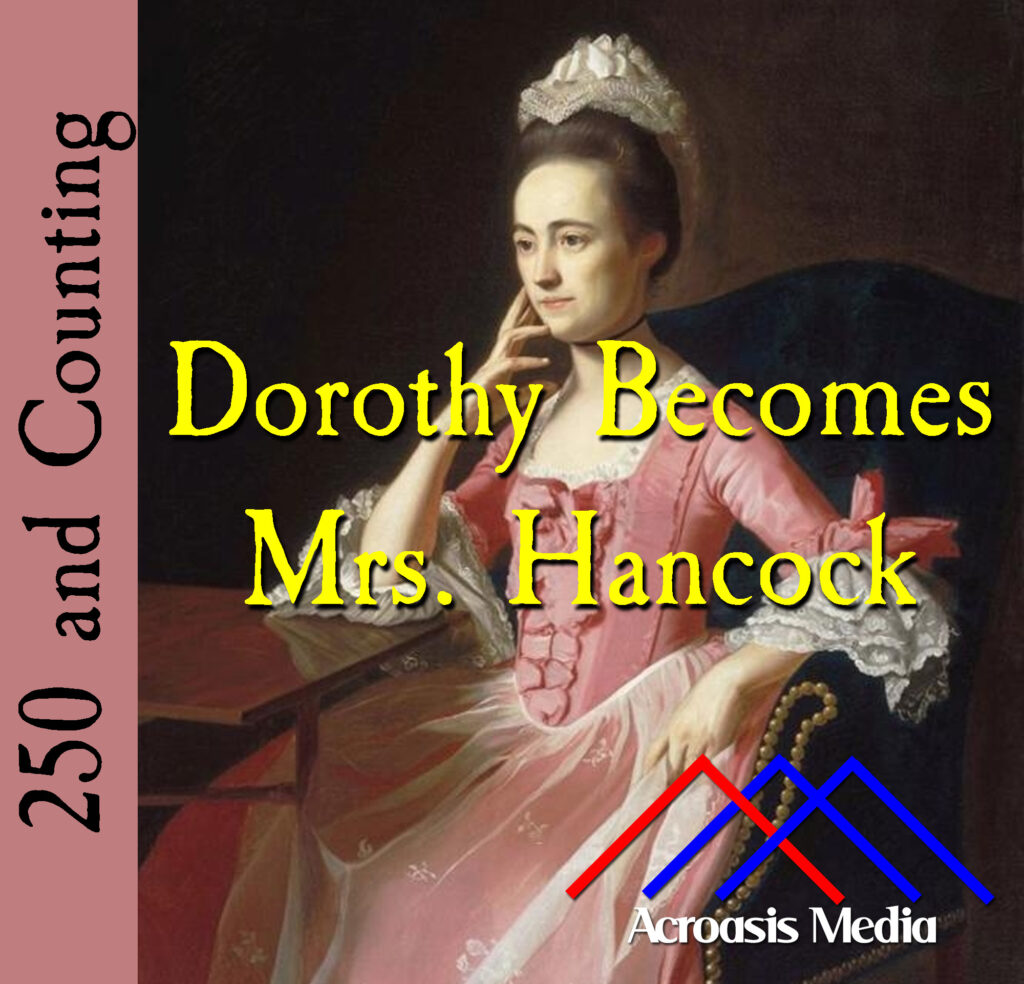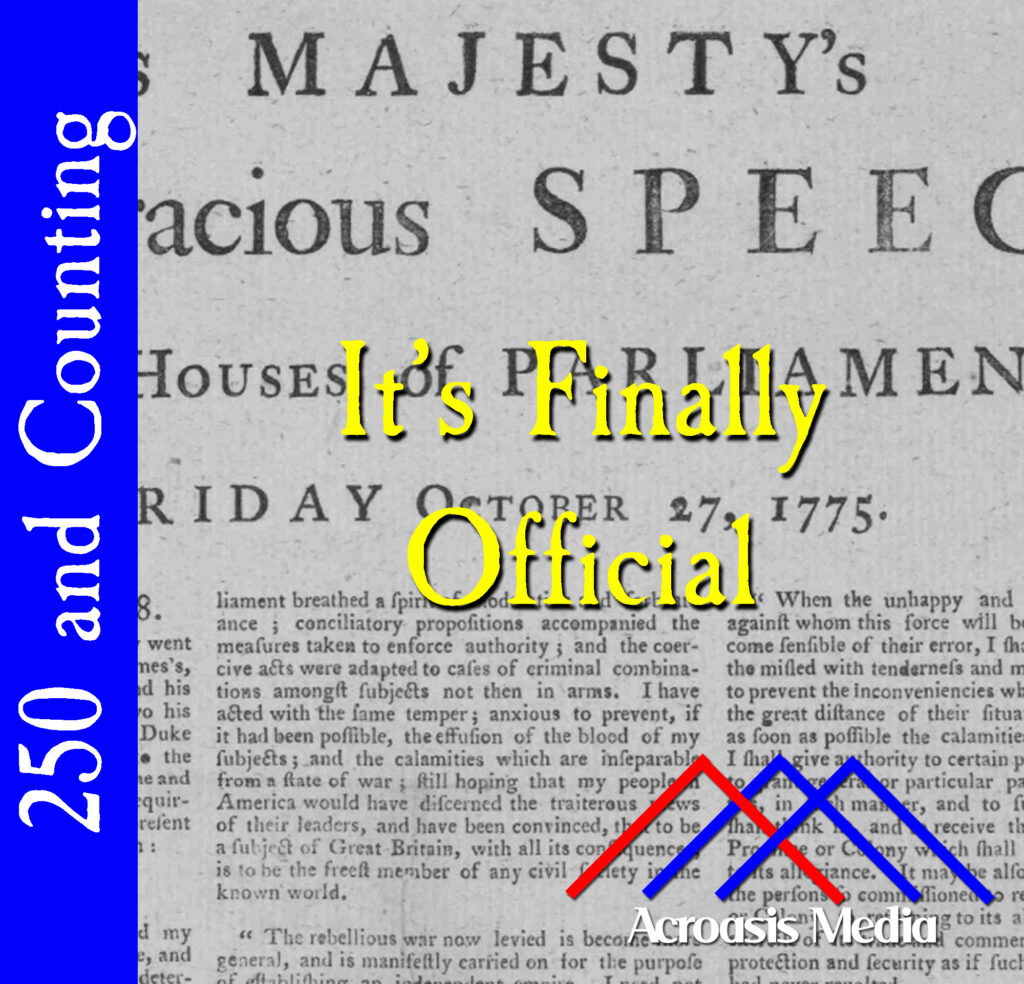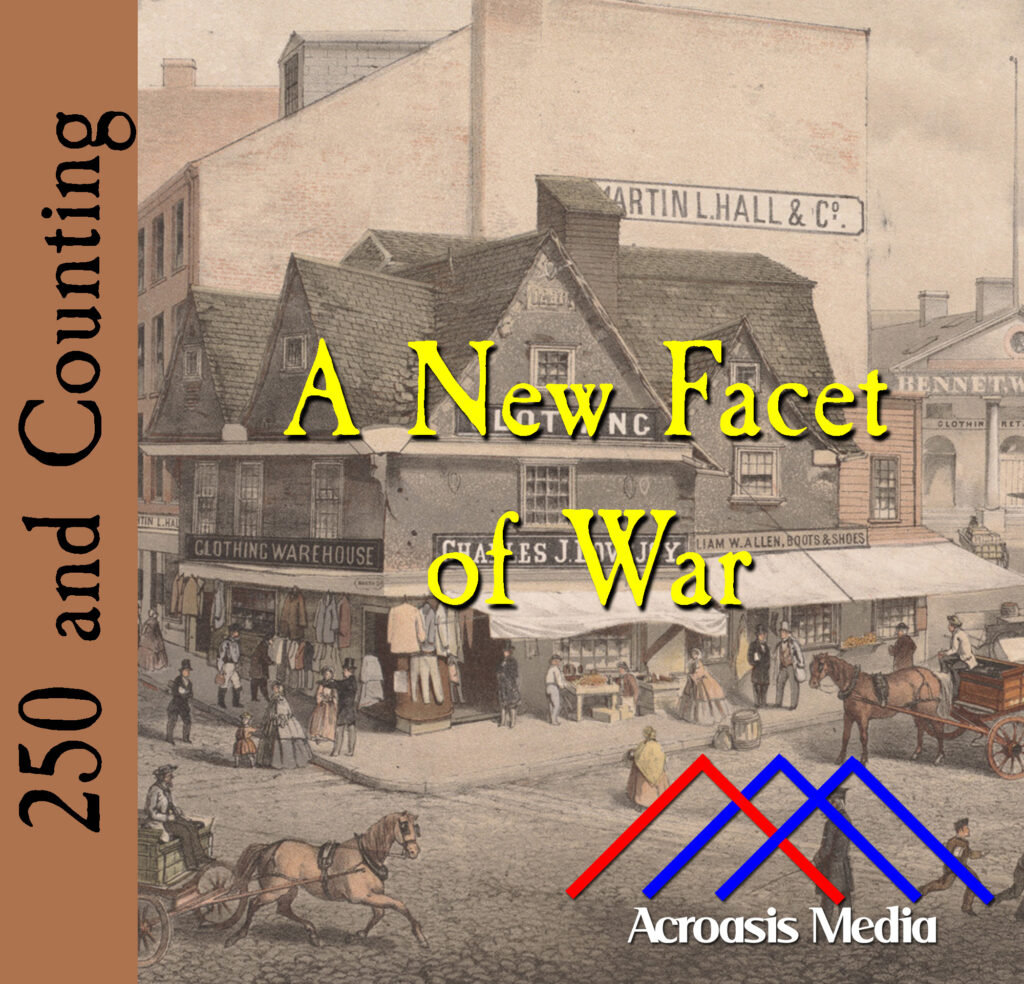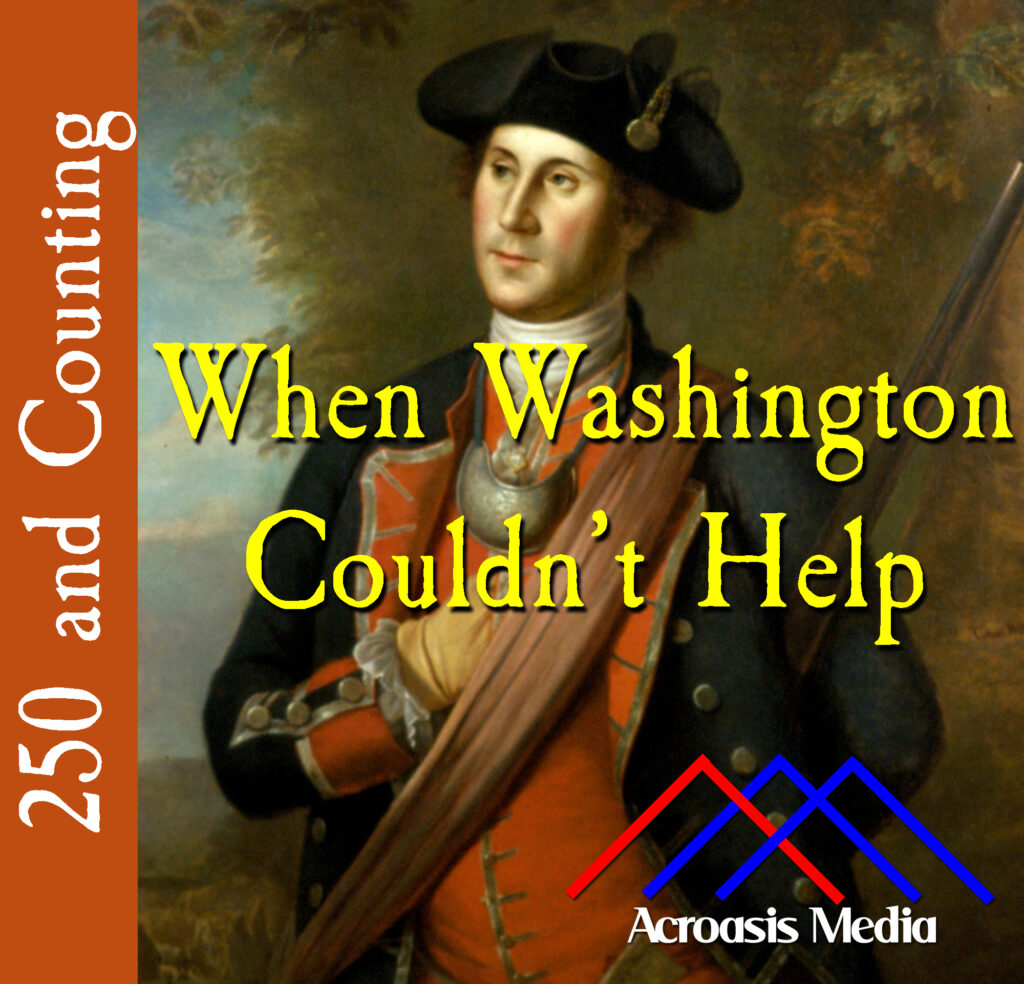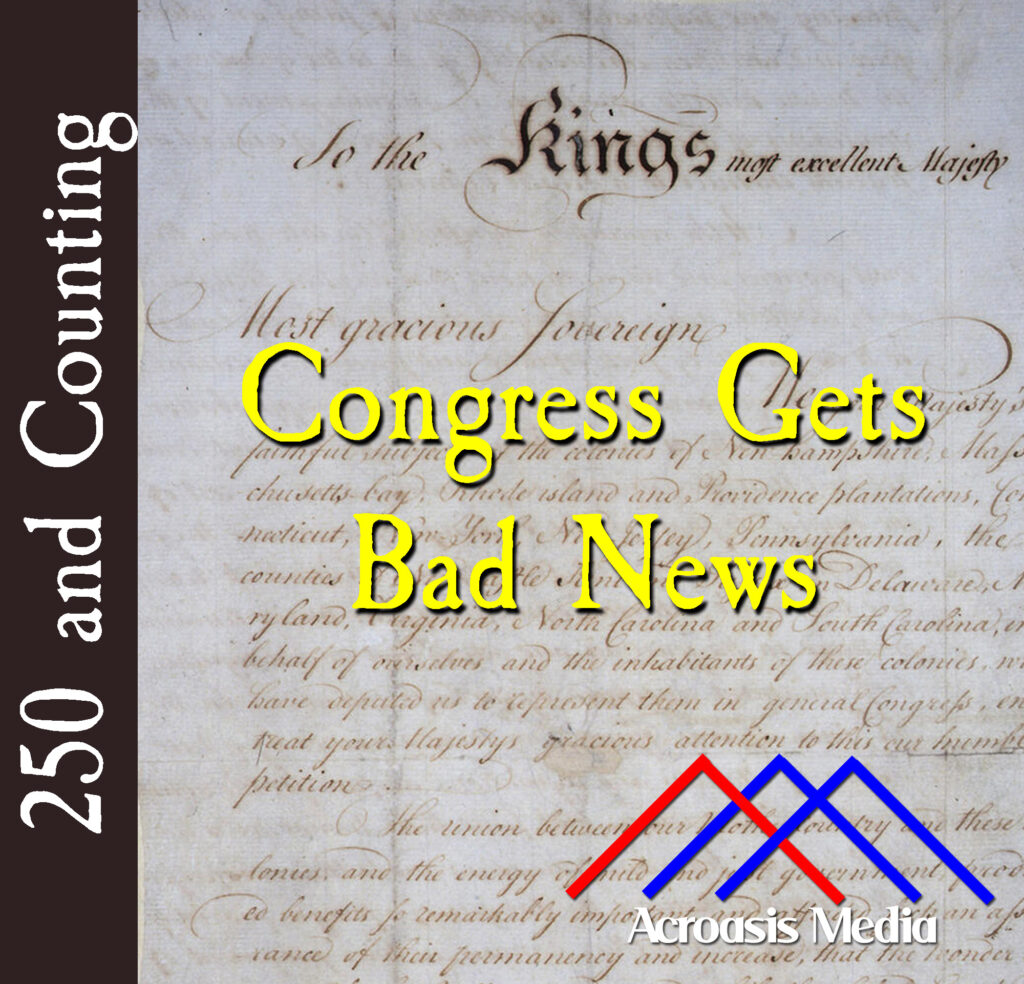
In July 1775, there were still several delegates to the Second Continental Congress who thought that reconciliation with Britain was a possibility. There were a few others who may not have necessarily been of that opinion, but were willing to take a chance. Some of these men, led by John Dickinson, formed a committee to draft what’s come to be known as the Olive Branch Petition. The intent was to continue pledging loyalty to the King, but to simultaneously ask for some equitability in trade and tax regulations.
The document asked for a firm settlement to the Colonies’ grievances, and identified all of the colonies as signatories except Georgia. The only reason Georgia wasn’t named is because they only had one delegate at the time, and he wasn’t comfortable with speaking for the entire colony. Consequently, he abstained from many votes.
It was on this day that Congress learned what King George III had to say back in August regarding the Olive Branch Petition.
Podcast: Play in new window | Download | Embed
